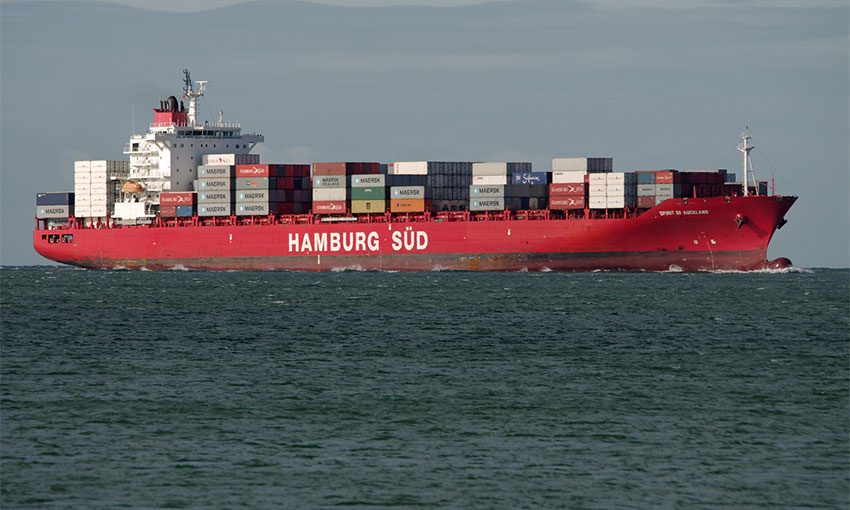AFTER a break of around four months Maersk Line’s OC1 service will resume Panama Canal transits in mid-May.
The carrier split its ANZ-East Coast North America service into two loops in January, citing the Panama Canal Authority (ACP)’s drought-driven reduction in the number of allowable daily passages. The Pacific leg (ANZ-Balboa, Panama-ANZ) operated with eight ships and the Atlantic leg (Manzanillo, Panama-Latin America-East Coast North America) with three, with containers landbridged by rail between the two, 80km across Panama.
As a consequence Cartagena calls were omitted; simultaneously Maersk replaced Port Botany with Brisbane calls on the Pacific leg and expanded its Polaris (trans-Tasman) service to four vessels using Port Botany as the Australian base port.
The Gatun Lakes were plagued by low freshwater levels for much of 2023, causing Canal draft and passage restrictions, mostly thanks to a severe El Niño. Good rainfall in November and December saw the situation gradually improve, such that instead of a February projection of just 18 transits per day the Authority was able to open up to 27 per day last month.
Meanwhile, following the settlement of the DP World/MUA dispute Maersk reverted Polaris and OC1 to their previous local port rosters but kept the latter’s two-loop format.
Now, with the ACP expecting good rains and a further relaxation in restrictions, as well as reported congestion on the Panama Railway, Maersk will restore OC1 to an all-water service from mid- May. This will also see the resumption of Cartagena calls.
The full rotation will be, once again, Philadelphia, Charleston, Panama Canal, Balboa, Tauranga, Port Botany, Melbourne, Port Chalmers, Tauranga, Panama Canal, Manzanillo, Cristobal, Cartagena, Philadelphia. The first southbound transit is expected to be by Maersk Inverness V419S on 17 May and the first northbound by Spirit of Auckland V016N on 20 May.





